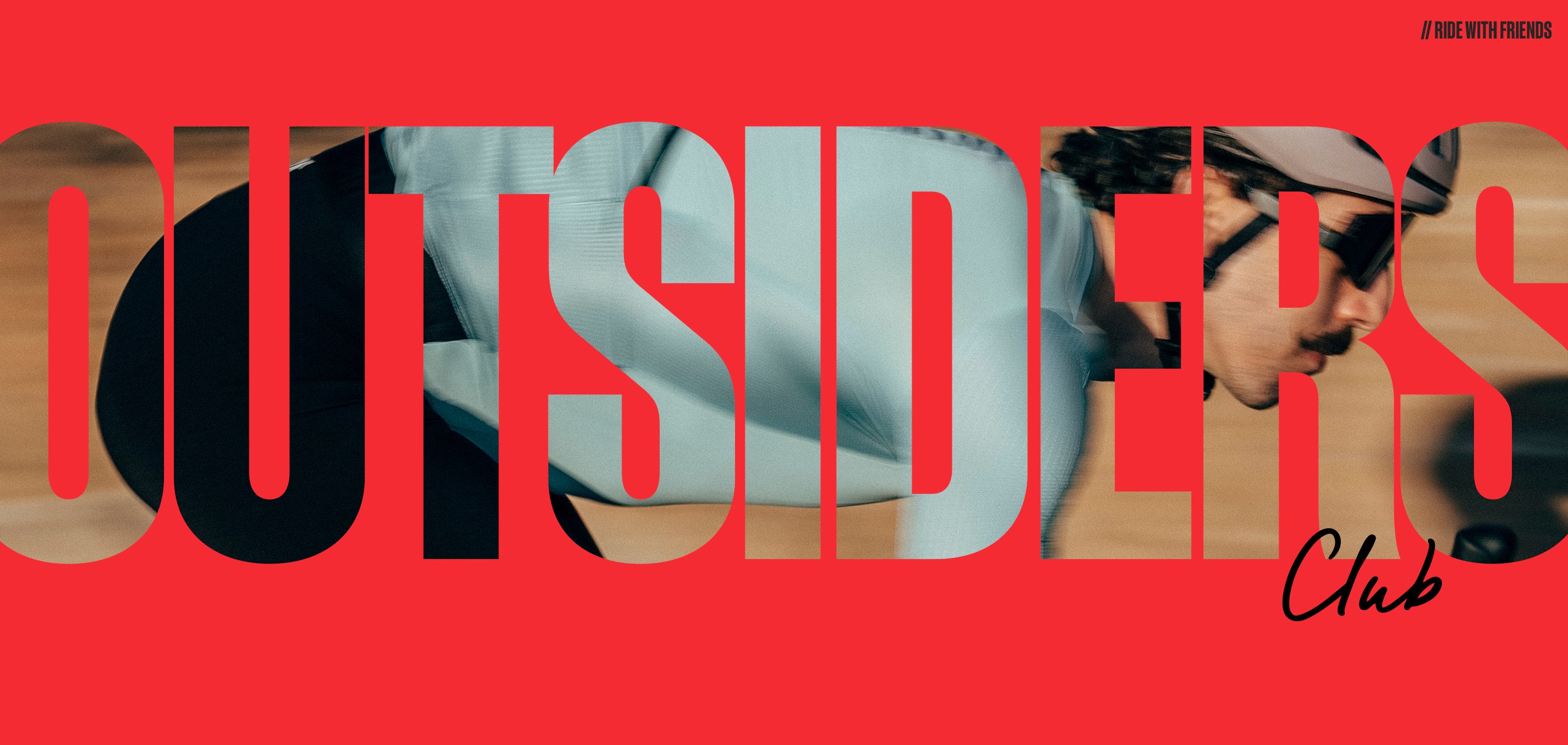Les Courses Disparues #3 : GP de Monaco
The night before the race, Eddy Merckx arrived in Monaco with no less than six Molteni team-mates. The brief was simple. Start fast, thin out the group, make it hard for everyone.
As they left the Principality the next day and rode west on the Basse Corniche, that’s exactly what they did. Arriving at Villefranche, the last town before Nice, the peloton was positively atkins-esque, dropping from 140 to 21.
Game on.

The race Merckx was strangling in his Cannibal grip was the Grand Prix de Monaco, the next in our series of Les Courses Disparues - the Lost Races of the Côte d’Azur
The words Grand Prix and Monaco usually prompt images of the Principality in petrol-head mode. The cycling version, like it’s motorised counterpart, for sure attracted the big names – the Bobets, Geminiani, Merckx, de Vlaeminck, Roche and Kelly to name a few.

Run mostly in February, like so many of the other Lost Races of the Cote d’Azur, it was an early season test of form. And with the attention-grabbing name and location, the history books show a series of teams trying to control what turned out to be an uncontrollable race.
Molteni, Renault-Gitane, Peugeot… all of them tried to rule with a train of riders.
The parcours was no coastal coast to a sprint finish, as the grande cyclistes would find out.
Riders covered four laps of Les Trois Corniches, the three coast roads carved into the mountain side running between Nice and Menton – out on the Basse Corniche beside the sea, back three times on the Moyenne Corniche cut into the rocks around 200-400m above, before the final lap up to the Grande Corniche running near the top of the ridge.
More than 160kms of that James Bond-esque loop helped whittle down the field before the crucial point of the race.

The climb of the Château de Madrid, coming after approximately 150kms, made the link between the Moyenne and Grande Corniches and it was here the selection was normally made. It’s only a climb of 2kms but the gradient doesn’t relent until the point de vue Saint-Michel, over looking some of the most expensive real estate in the world situated on Cap Ferrat. And once on the Grand Corniche, it is up, ever up on the road to Col d’Eze.
Tactic : attack before Saint-Michel and then hold it over the top before the eyeballs-out descent back to Monaco.

The famous black and white checkers of the Peugeout Team came in 1981 as part of their season build up.
Within that team was the Irish neo-pro, Stephen Roche. It was the year of his rise to fame. He won the Tour de Course, beating a certain Bernard Hinault, and also took the Paris-Nice. (In hindsight, maybe an early indication of his fondness for the south of France.)
Roche was in the lead group as it hit the Château du Madrid hill and he used it as a launch pad to try and escape to victory.
But he couldn’t shake the French riders Bernard Bourreau and Jean-René Bernadudeu. The three of them descended the Grande Corniche into Monaco and it was Bernadudau, now directeur sportif of Direct Énergie pro-continental team, who took the sprint. Roche only second as a reward for his attacking efforts.

Two years later, in the last edition of the race, the other dominant Irish rider of the 80’s, Sean Kelly, found himself in a peloton chasing a breakaway led by in-form Kim Anderson that had escaped on the third pass through Monaco.
Having lost a further 2'40' on the Château du Madrid climb, the peloton led, it can only be imagined, by Kelly and his infamous descending skills, chased the breakaway down the Grande Corniche towards Roquebrune.
But once again the complex nature of the parcours proved impossible to predict. Anderson, riding for Coop – Mercier – Mavic, managed to stay away for the win by a slender 14 seconds. Kelly took the sprint, but in the process merely added his name to the list of illustrious second place finishers.

If a climber and a sprinter and classics rider couldn’t crack the GP de Monaco code surely The Cannibal could?
As if following a script, the fireworks were again on that small road with the Spanish-style villa. Frenchman Désiré Letort attacked first. Merckx responded. Then fellow Belgian, Frans Verbeeck, kicked last, and hardest. They could not shake Merckx and two of his Molteni men.
The group of 21 became nine and the odds were in Merckx’s favour for the sprint on Monaco’s portside. Clearly confident, he launched himself early but Verbeeck came round him with nearly 200m to go and took one of the biggest wins of his career.

Verbeeck, known as one of the hardest of the hard Flandrians went on, some would say, to becoming obsessed with beating Merckx in one of the Monuments .
Maybe that obsession started after this victory in the GP de Monaco.
Although he won a number of classics, like Amstel Gold (on the same year he won the GP de Monaco) he didn’t manage to take down the Cannibal where it mattered to him.
But he’ll always have that Lost Race on the Côte d’Azur.
Read more about the races that gone but not forgotten in our Courses Disparues series.



















